Chưa có sản phẩm trong giỏ hàng.
Pneumatic Vacuum
At SMC Pneumatics, get all the replacement parts that you need to fix your pneumatic vacuum. We have a wide selection of regulators, filters, generators, and assembles. All of these parts are at affordable prices and we know just the sizes that you need.
Do you need more than the mere part? Do model sizes prove too confusing? You don’t have to worry. We also will provide assistance on when you want to seek alternative models. You won’t have to tether yourself to one brand solely.
Make your machine more efficient and help it regulate air pressure better. Browse below and take a look at our recommendations.
Pneumatic Vacuum Vs. Electric Options
When you often clean the house or the workplace, your default is for the electronic vacuum. And why not? Often that model is familiar to us. An electronic model helps in gathering the dust bunnies and reducing the amount of mold in a living space.
We take for granted that a fire is less likely to happen from faulty wiring. Not everyone can go electric, however, especially when we work with potentially dangerous materials. That is when air pressure can save us and prevent disaster.
A pneumatic vacuum is often used in industrial environments where there are hazardous substances. You want one or to repair it for your manufacturing environment because using an electric vacuum can risk combustion or explosion. It will not spark, and thus not catch fire. The forces generated from airpower are significant, leading to very potent cleaning.
Modern models have met OSHA standards, so they will help you remain up to regulation in the United States. You will thus keep your workplaces safe for employees and prevent potential liability from the government. Pass all of your inspections with flying colors!
You need a pneumatic vacuum when you are working with asbestos removal, painting, sandblasting, or woodwork. Carpenters love the pneumatics because they reduce the risk of fire. So do artists when they are carving with fiberglass; the stray particles can get into people’s lungs and reduce their life expectancy.
The vacuums have no moving parts, merely the suction force, and can absorb deadly mold or fine silica dust from construction and art exhibitions. In short, they serve multiple purposes. You can prevent fires, clean up the substances that are naked to the human eye and need to be addressed with precision. You can make sure that no one inhales toxic substances, and keep your workplace tidy at the same time.
How Does A Pneumatic Vacuum Work?
Generally, a pneumatic machine works on the principle of transporting compressed air. The molecules are captured and pressed together in a tight space, and then transported. Valves opening and closing determine the rate by which air pressure increases and decreases. Manufacturing machines want to keep air pressure above a certain threshold to maintain power.
A pneumatic vacuum takes this process a step further since it wants to suck air in and not release it all at once. Instead of maintaining a high pressure, the vacuum lowers it by increasing the velocity of compressed air. Increasing this velocity reduces pressure, and air from around the vacuum enters a designated orifice. This creates a suctioning effect.
In short, the machine is the opposite of how a pressure cleaner works. The operations encourage the vacuum to maintain the consistent air amount and thus absorb more molecules where necessary. You can also run it for longer amounts of time than you can for an electric vacuum. This is great for when your industrial environment constantly produces debris.
Unlike with regular pneumatic machines, vacuums do not need to worry about temperature extremes. While temperature lows can slow down airflow, usually the vacuums have multiple chambers, which allows for more flexibility. You can work in high-heat environments and worry less about the potential of overheating. With that said, keep an eye on your machine and know when you need to make the appropriate replacements.
You also will have a longer life expectancy with these machines. Pneumatic vacuums tend to run for about five years, which makes them useful for manufacturing on a budget. You can clean without having to worry about replacement for a while.
Take care when choosing the ejectors and regulators for your machine. Some models are more sensitive to temperature changes than others and may prove better or worse at regulating velocity. With that said, you will save on energy when using an air-compression vacuum and ensure that your specialized cleaning process relies on renewable sources.
Choosing Your Vacuum Accessories
You have a wide array of pneumatic vacuum parts by which to operate your machine. SMC is proud of our stock, which should help with you are making repairs or replacements. What’s more, when a part goes obsolete, we can recommend an interchangeable alternative and assist in finding a better size.
Our vacuum filters will help you when sucking up hazardous substances. When you are working to catch silica dust and other contaminants, the filter will help using a cartridge system. You can replace the cartridge without needing tools and ensure that the vacuum itself will avoid clogging from the substances that it’s trying to clean. The resin designs are lightweight and easily portable.
The regulators will help with controlling airflow and pressure. When you need to reduce pressure in a short amount of time, our models can help you. They come in various sizes, to assist you appropriately.

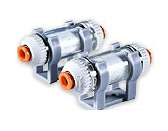
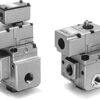
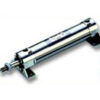

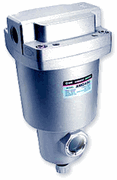
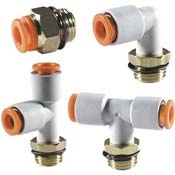
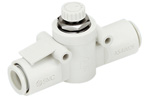
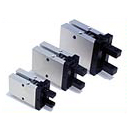
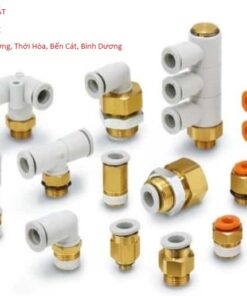
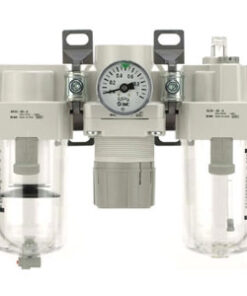

Đánh giá
Chưa có đánh giá nào.